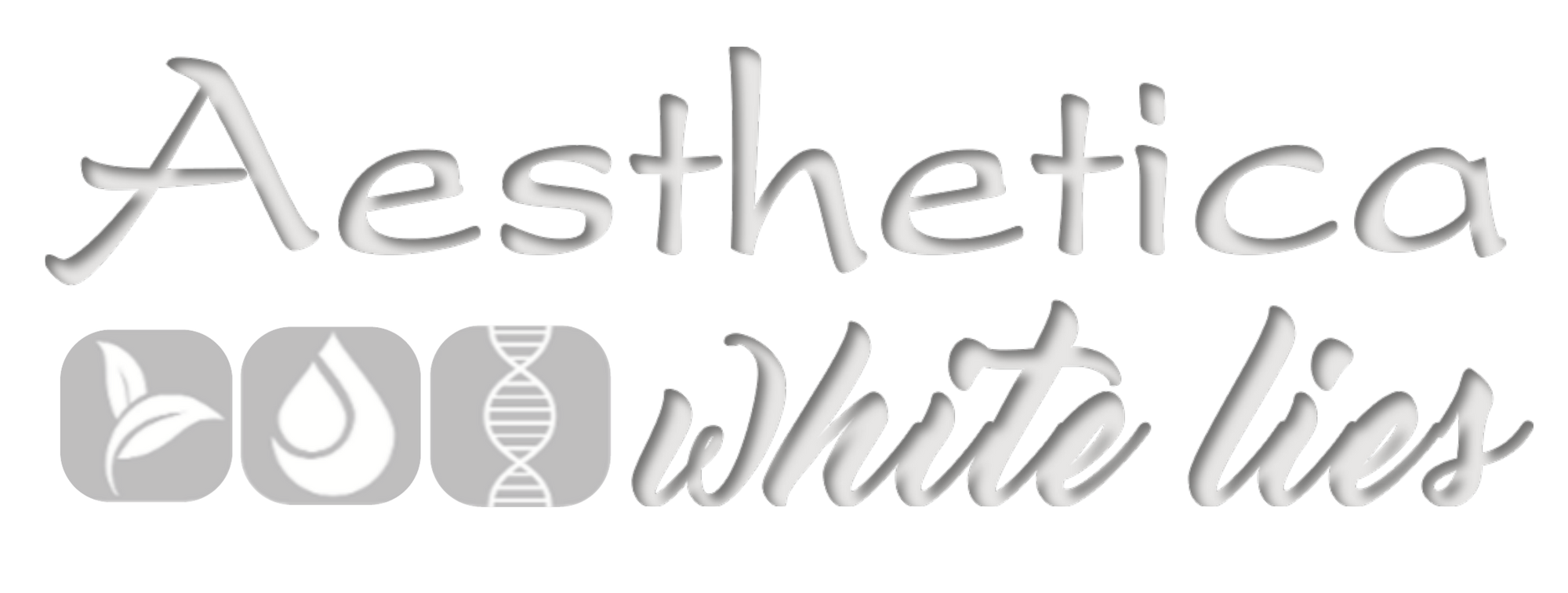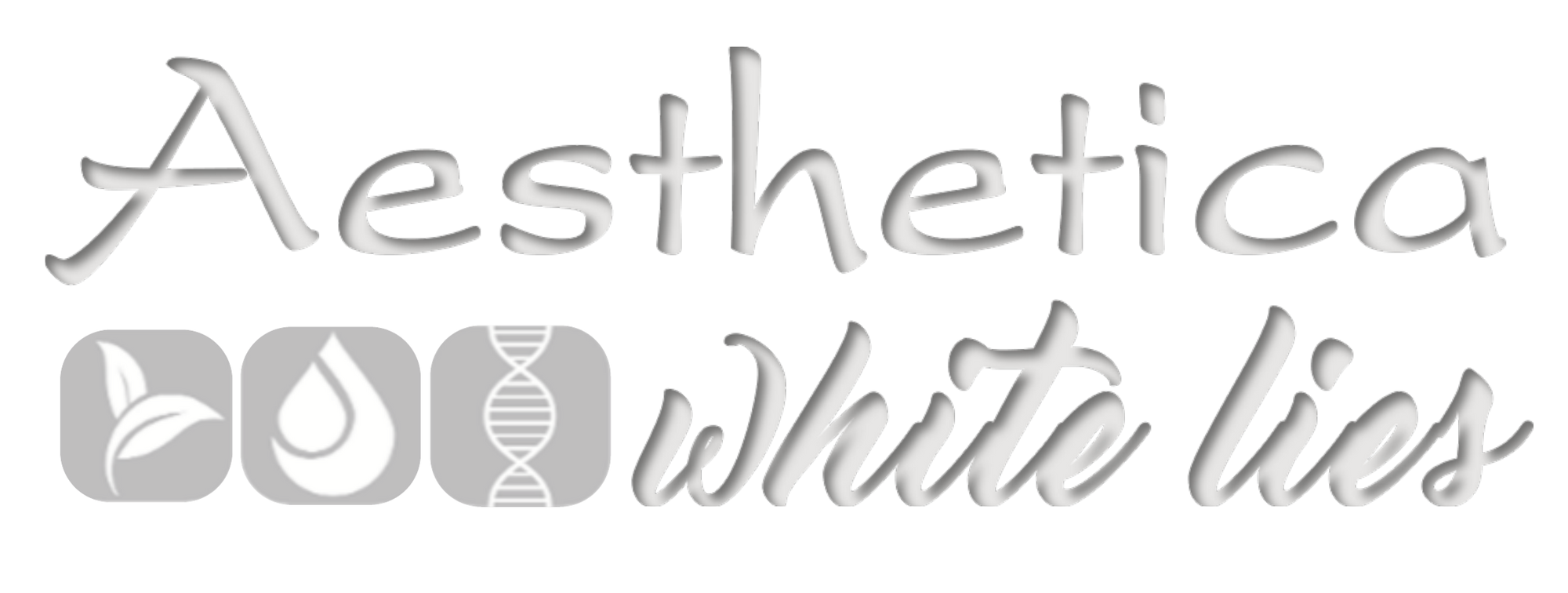E-50 Skin Booster is a pioneering treatment in regenerative aesthetics, powered by advanced exosome technology — a breakthrough in how we help skin heal itself.
What are exosomes?
Think of them as your skin cells’ natural messengers. They are microscopic parcels released by cells, carrying vital “instructions” in the form of growth factors, proteins, and antioxidants. These instructions tell other cells how to repair damage, calm inflammation, make more collagen, and restore balance.
In E-50, the exosomes are sourced from salmon testis cells — chosen because their structure is highly compatible with human skin cells. This means your skin recognises these messages instantly and responds by repairing, regenerating, and strengthening itself from within.
E-50 doesn’t just improve the surface. It strengthens the dermo-epidermal junction (DEJ) — the foundation layer that anchors and supports your skin’s outer and inner layers. A healthy DEJ means firmer, more hydrated, more resilient skin. This makes it ideal as the first step in any long-term skin rejuvenation plan, repairing damage and laying the groundwork for future anti-ageing treatments.
To extend and prolong your results, we also offer the E-50 Exosome Popping Face Mask — a biocellulose mask infused with fresh exosomes that you “activate” just before use, perfect as a post-treatment boost or at-home care.
Clinical studies show that just two E-50 sessions can deliver results that last for up to 21 months — reducing pores, calming redness, correcting pigmentation, and improving skin structure.
References:
Lee, Y.S. (2025). Regenerative Skin Remodeling Through Exosome-Based Therapy: 21-Month Sustained Outcomes in Pore Size, Erythema, and Hyperpigmentation. PrimaCure Co., Ltd. Case report demonstrating long-term skin improvements following two E-50 treatments.
Hajialiasgary Najafabadi, A., Soheilifar, M.H., & Masoudi-Khoram, N. (2024). Exosomes in skin photoaging: biological functions and therapeutic opportunity. Cell Communication and Signaling, 22(1), 32.https://pubmed.ncbi.nlm.nih.gov/38217034/
Tienda-Vázquez, M.A., et al. (2023). Exosomes: A promising strategy for repair, regeneration and treatment of skin disorders. Cells, 12(12), 1625.https://pubmed.ncbi.nlm.nih.gov/37371095/
Wu, J.Y., et al. (2022). Stem cell-derived exosomes: A new method for reversing skin aging. Tissue Engineering and Regenerative Medicine, 19(5), 961–968.https://pmc.ncbi.nlm.nih.gov/articles/PMC9477989/
Nainggolan, A.D.C., et al. (2023). Microneedle-mediated transdermal delivery of genetic materials, stem cells, and secretome: An update and progression. Pharmaceutics, 15(12), 2767.https://www.mdpi.com/1999-4923/15/12/2767
Del Rosso, J.Q. (2012). Advances in understanding and managing rosacea: Pathophysiological mechanisms with emphasis on vascular changes and facial erythema. Journal of Clinical and Aesthetic Dermatology, 5(3), 16–25.https://pubmed.ncbi.nlm.nih.gov/22468176/
Quan, T., et al. (2013). Enhancing structural support of the dermal microenvironment activates fibroblasts, endothelial cells, and keratinocytes in aged human skin in vivo. Journal of Investigative Dermatology, 133(3), 658–667.https://pubmed.ncbi.nlm.nih.gov/23096713/
Collections: Facial Procedures
Category: Age Repair Prevent, Anti Ageing, Reduces redness, Restore Moisture, Sensitive Skin

